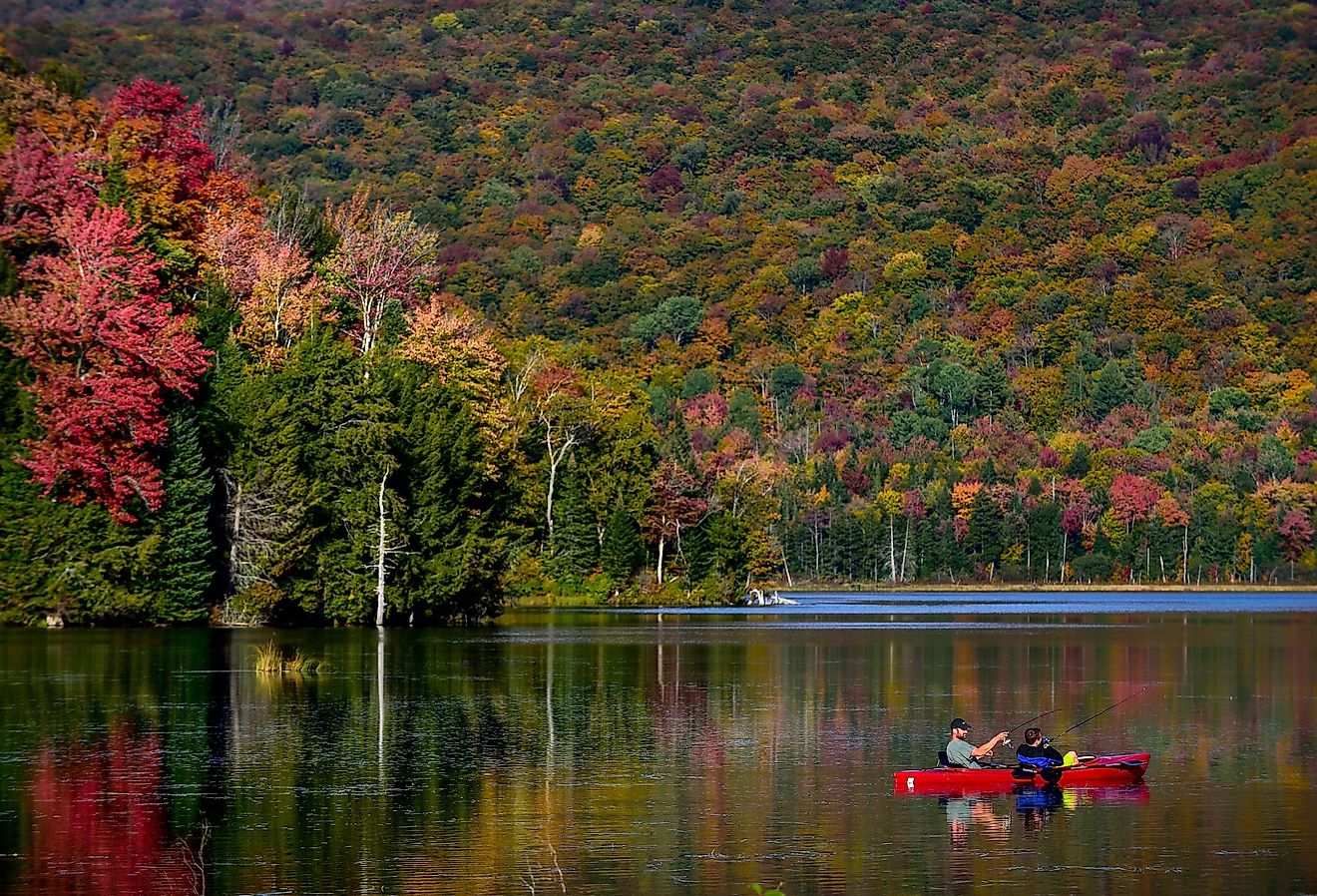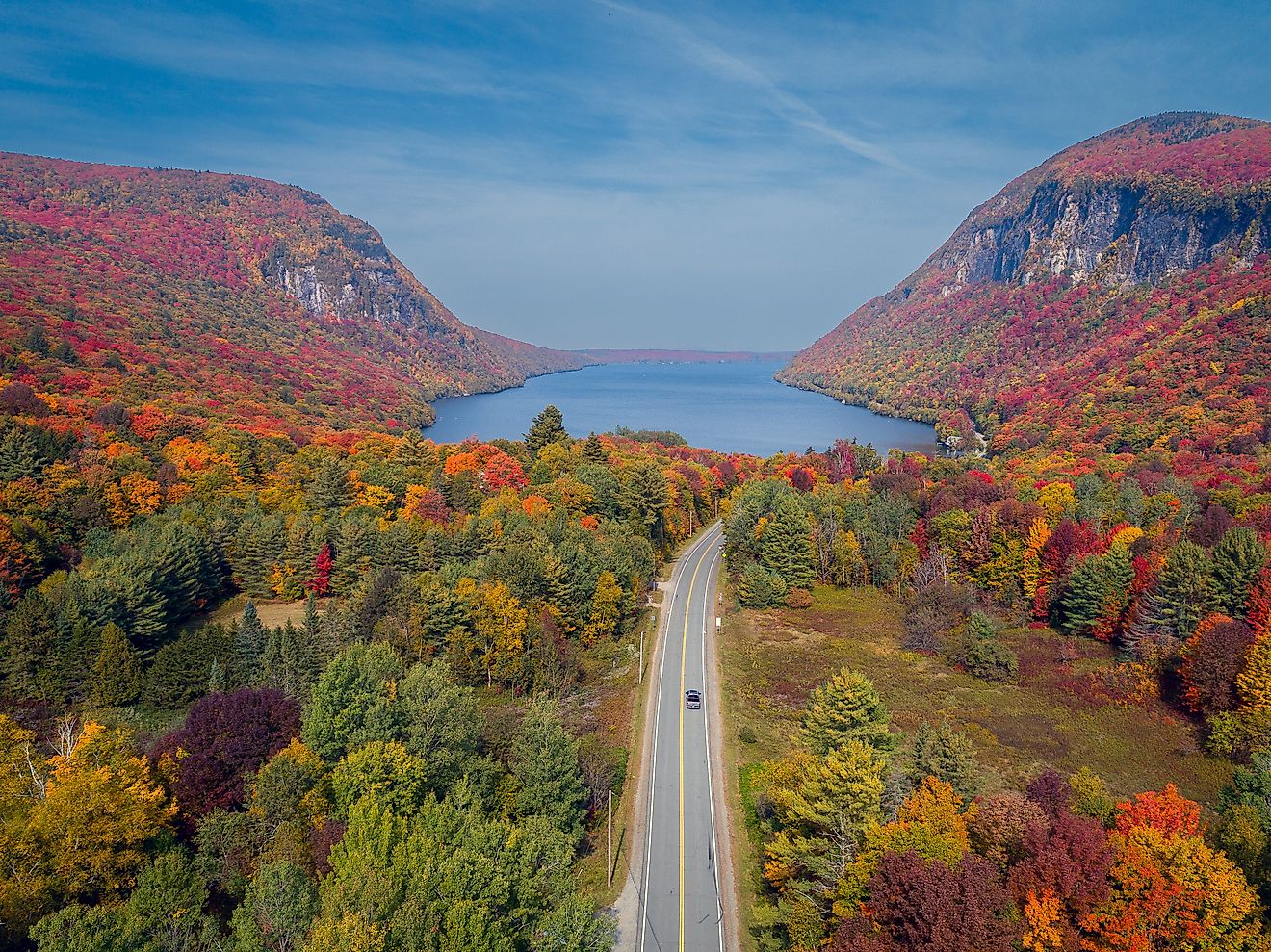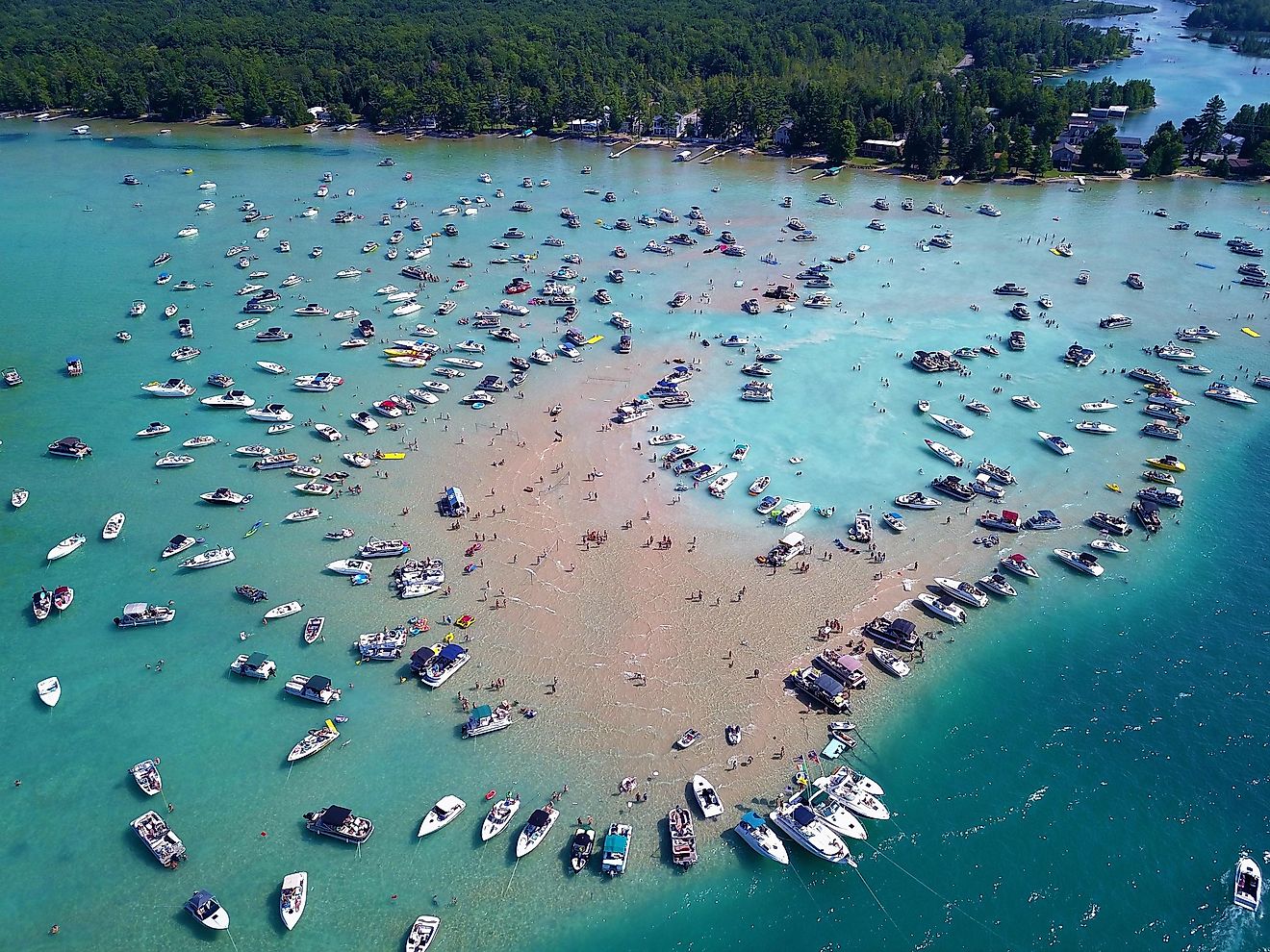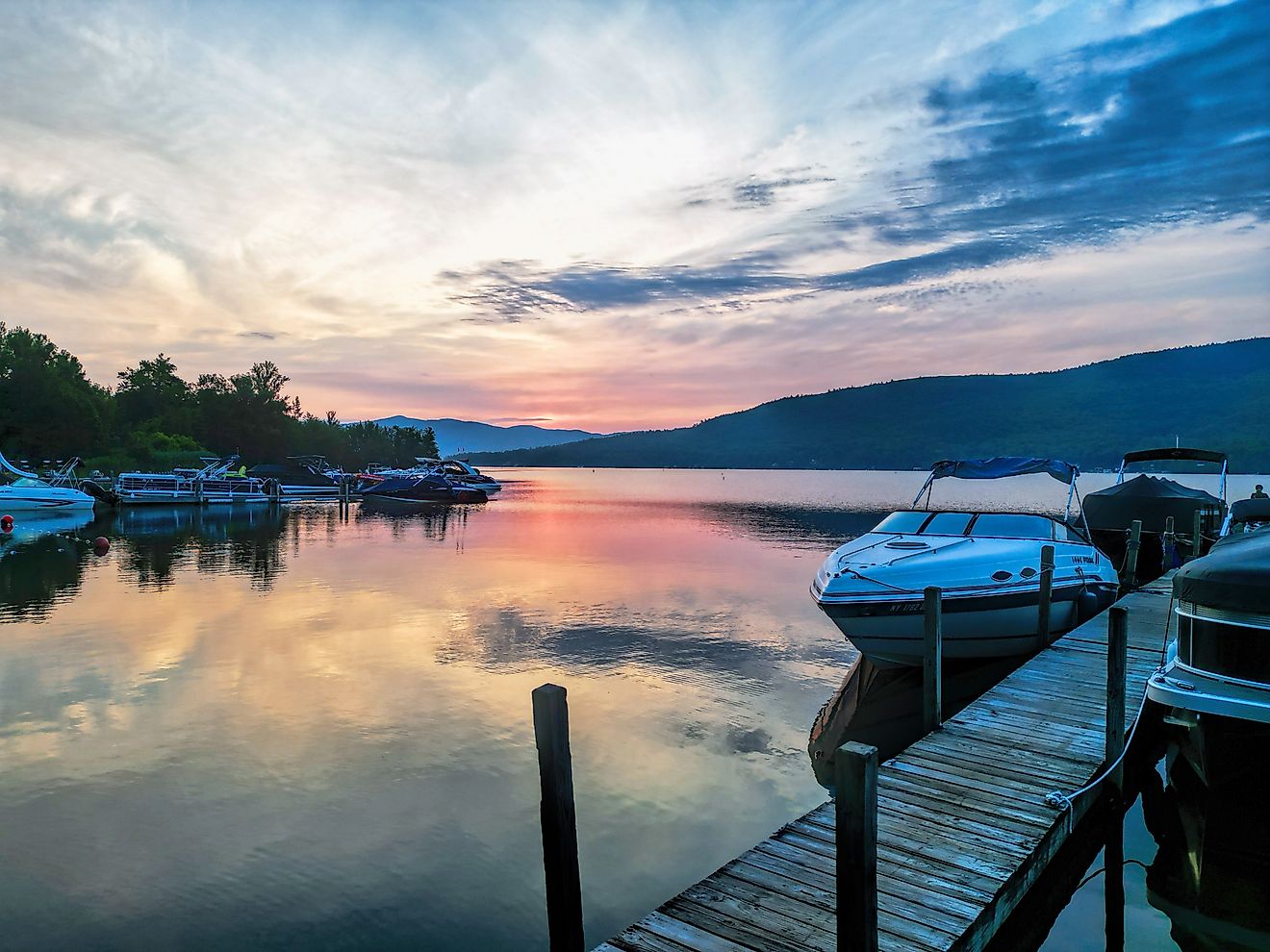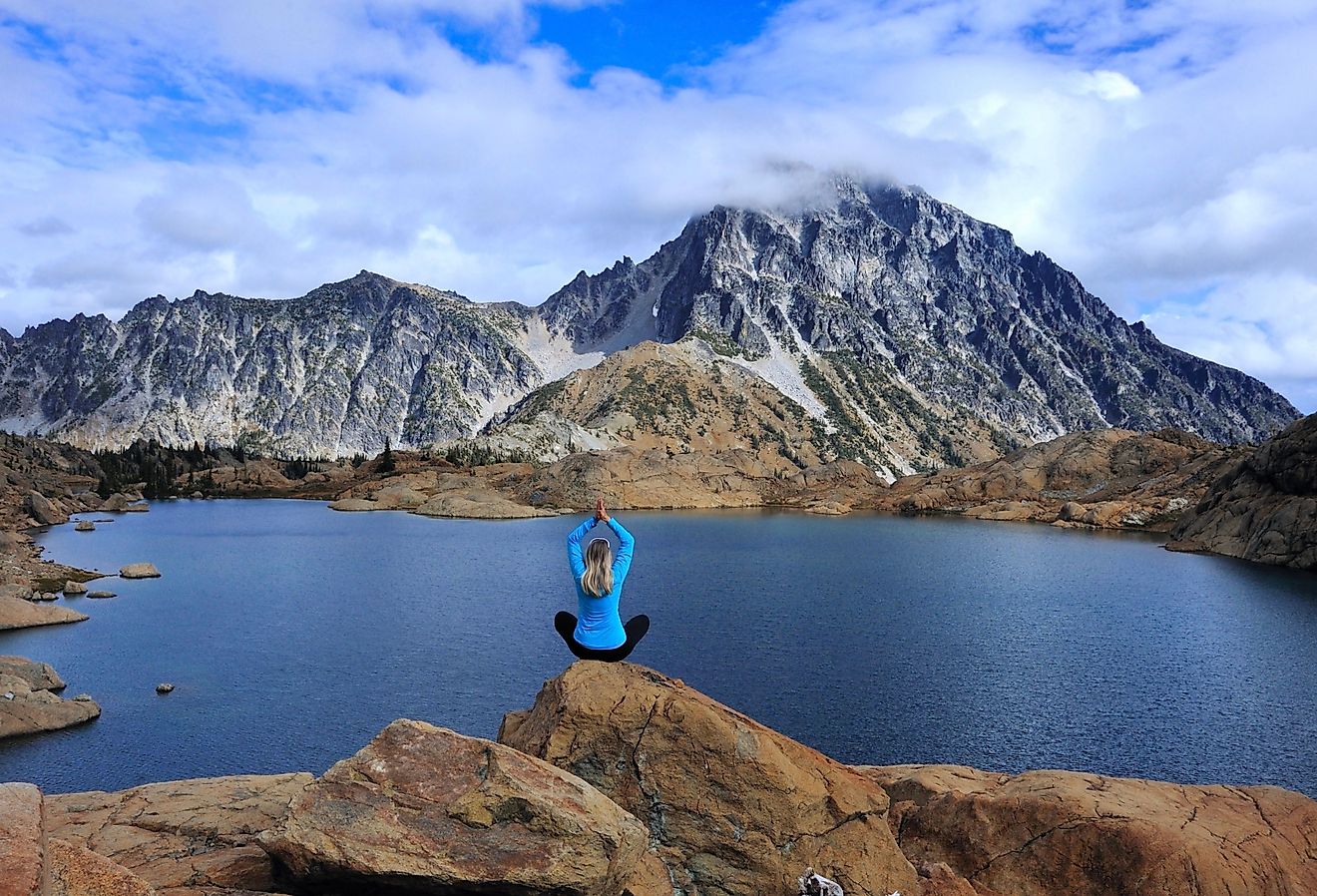
Essequibo River
The Essequibo is a river flowing through Guyana in South America and is the country's largest river and the continent's third largest. It has its source in the Acarai Mountains near the Guyana-Brazil border, from where it flows for 630 miles to drain into the Atlantic Ocean. Along its length, the river nourishes vast swathes of forests and savanna.
Geography And Climate

The Essequibo River flows through mountains and valleys, with the Guiana Moist Forests ecoregion dominating the landscape in its basin. Before entering the ocean, the river passes through Guyana's largest city and capital, Georgetown. From there, it flows for 13 miles to the sea.

There are several waterfalls along the course of the river, including the picturesque Pott Falls, Waraputa Falls, Kumaka Falls, and Murray's Falls. Of these falls, Murray's waterfall is the most impressive. The falls are located at an elevation of 400 feet, approximately 35 miles south of the Rupununi River's confluence with the Essequibo.
Hogg Island and Sloth Island are two of the most notable islands in the Essequibo River (although there are 365 islands in the river). Hogg Island is home to Zealandia, the old government capital of the Dutch colony. Sloth Island is a unique ecosystem with many different animals and plants, drawing in many tourists yearly.
Guayana experiences a subtropical environment with heavy rainfall most of the year. This rainfall nurtures the forests and other vegetation surrounding the river's banks. The region maintains a warm climate all year. Most of the year, temperatures ranges between 85 to 95 degrees Fahrenheit (29-36 degrees Celsius).
History Of The Essequibo River Region

The Essequibo River basin was first settled by several tribes of native peoples sometime around the first millennia B.C.E. The Carib, Arawak, and Warrau are believed to be the earliest settlers, originating in the Highlands of the surrounding mountains, possibly moving to expand their agriculture further. The areas around the river were rich in animals and fish, making for the perfect place for these people to grow their population.
The Dutch were the first Europeans to explore the Essequibo River in the 15th century. They built the first European settlement along the river in 1615, where they grew sugarcane, tobacco, and other prominent trade items. They maintained their region's dominance for approximately 200 years until the British took over it.
After several conflicts, Guayana, along with the Essequibo River, was brought under the leadership of the British Empire. After this period, the Essequibo River territory became a region of contention between Guayana and Venezuela (which borders Guayana to the west). While both nations signed a treaty in 1899, Venezuela still contests the treaty as unfair.
Wildlife

The waters of the Essequibo River are home to over 300 fish species, with 58 varieties unique to this ecosystem. Some endemic fish species you'll find here include Lithogenes villosus and Bryconamericus hyphen. Both are of the Rivulus family, characterized by their small size and quick reproduction. Other dominant fish species include large catfish and barred catfish. While these catfish don't usually get as large as some species in North America, they provide food to the local community.
The Essequibo River is one of the largest rivers in South America and has supplied food and fresh water to the native population for centuries. Its beauty is best exhibited in the various plant and animal life that call this region their home. While ownership of the river is still in dispute by Venezuela, Guayana is recognized as the official owner of this system.



